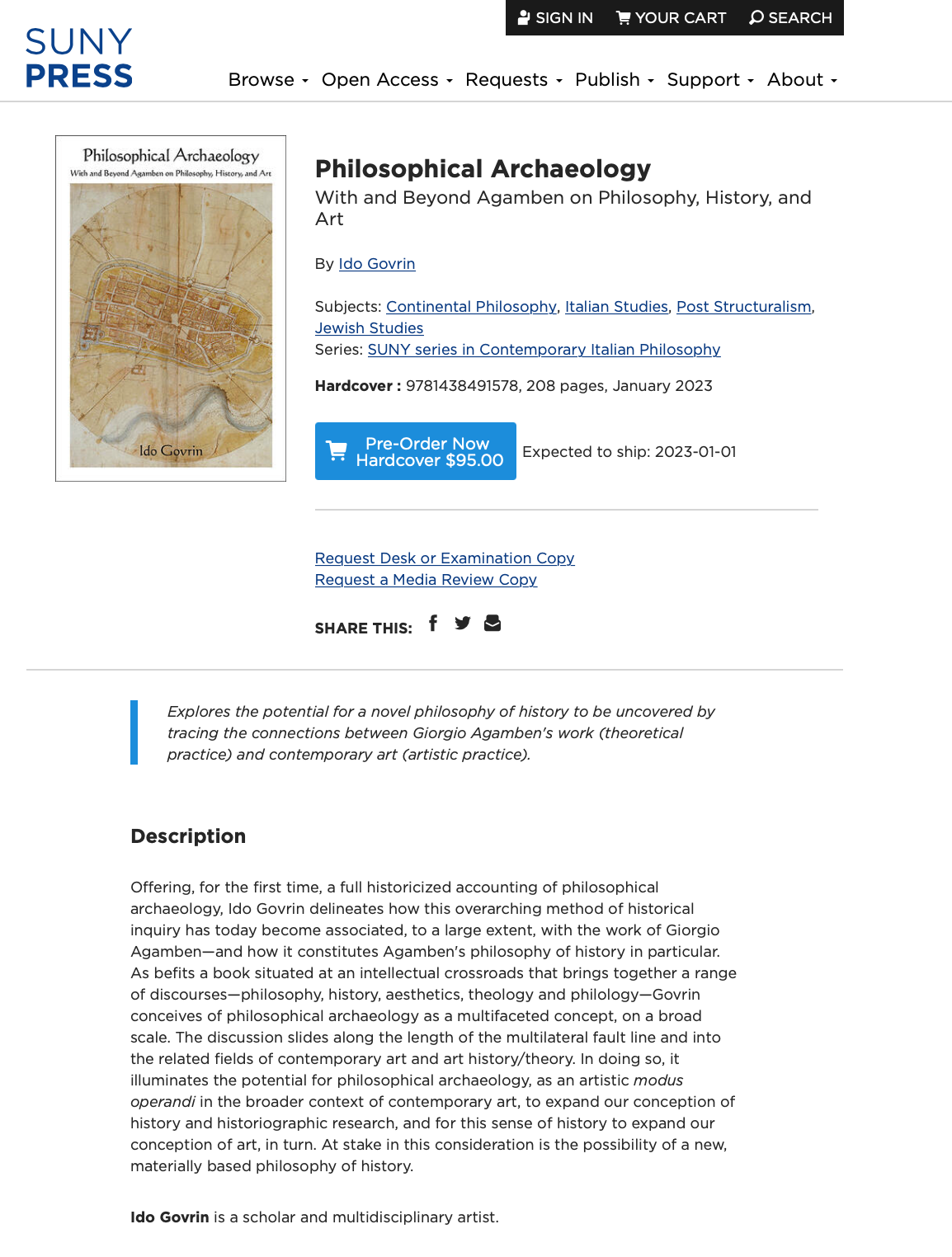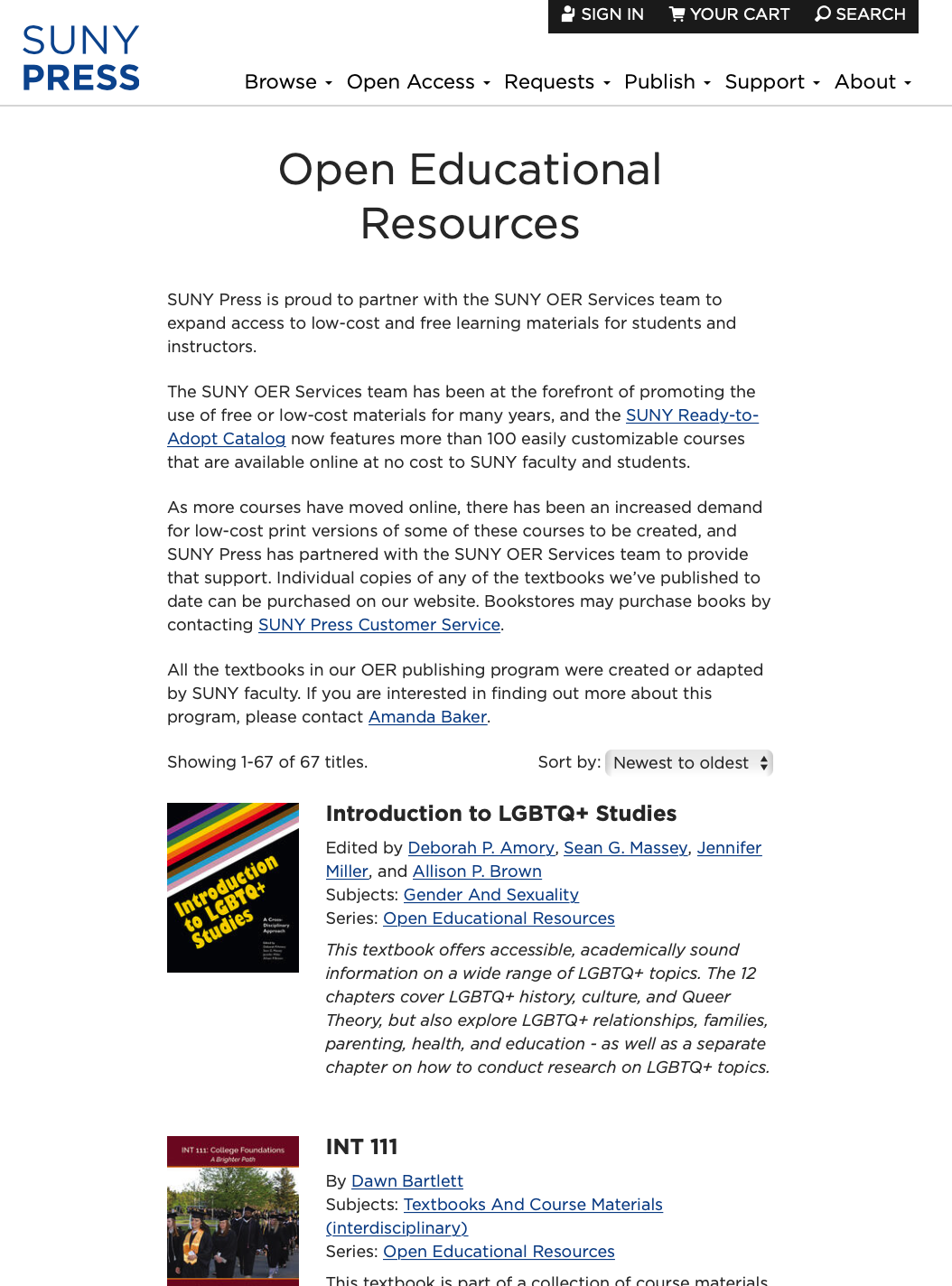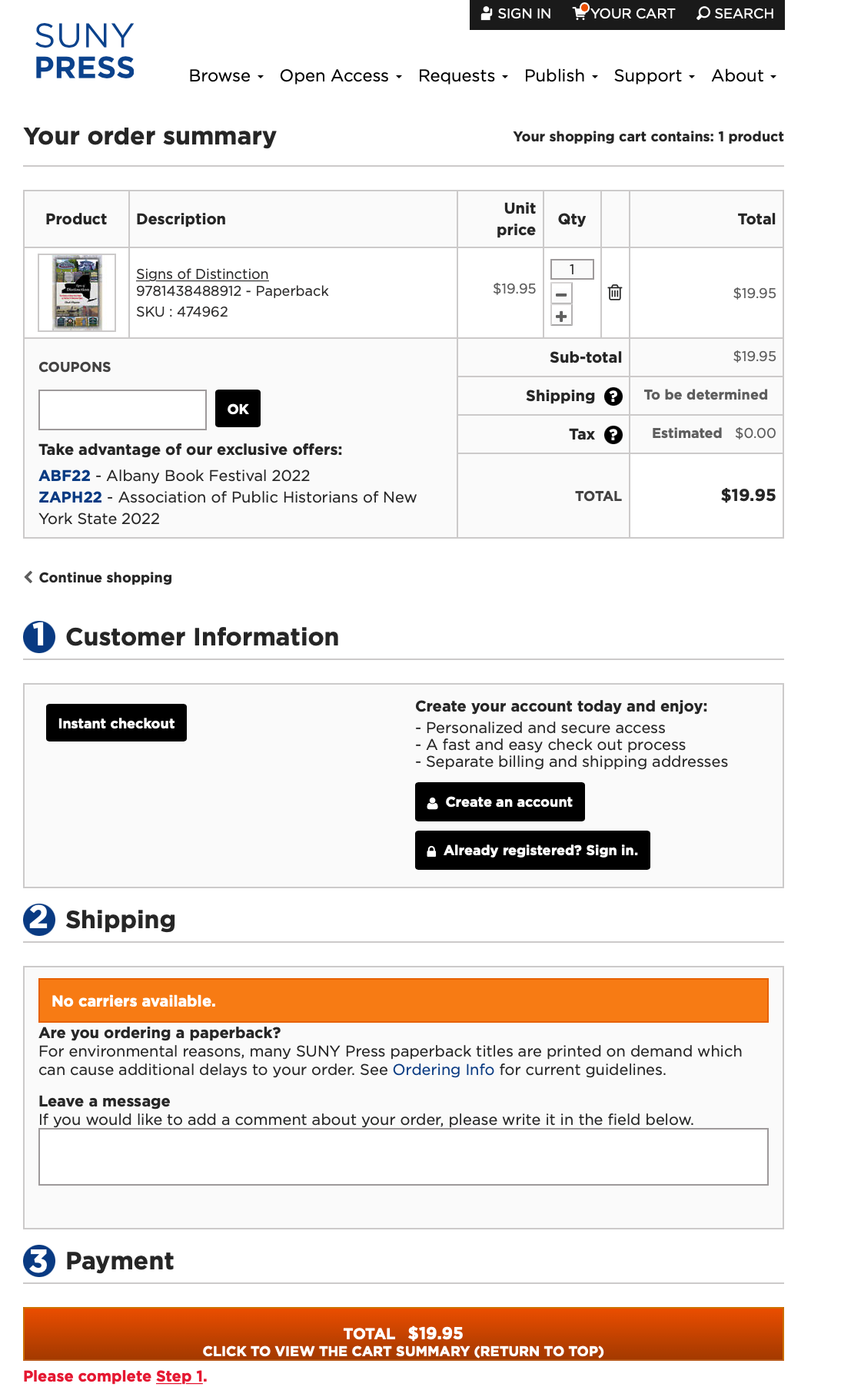Take complete control of your readers’ shopping experience with ReaderBound’s flexible commerce features.
Specialty press readers are among the most demanding consumers you’ll find online. They want precise details about your publications, trustworthy reviews, and recommendations from a community of like-minded readers.
A retail shopping cart designed to sell T-shirts is not going to cut it.
Don't get us wrong – many of our ReaderBound clients have used Shopify or other commodity e-commerce systems to get their online presence rolling. But eventually, the specific demands of book publishers have led them to upgrade to an integrated, purpose-built commerce experience like the one we've designed specifically for them.
We've integrated our ReaderBound tools with the open-source PrestaShop commerce platform to create an optimal, highly scalable solution that grows to meet your exact needs. With ReaderBound commerce, you can:
- Define your products in the exact terms that speak to your target audience
- Build collections and series based on any custom criteria
- Manage author and preferred customer accounts
- Integrate with third-party sellers and open new sales channels
And that's just page one.
Let's look at how ReaderBound outperforms Shopify and other consumer shopping carts.
Your catalog belongs in a CMS, not a cart
The major shortcoming of most shopping carts is that they are designed to host your entire catalog. A content management system (usually WordPress) often acts as the site's front door, although some consumer carts, including Shopify, offer limited page templates for your entire site. Product and collection data – the information that readers find genuinely compelling – reside in the shopping cart's database.
If your offerings don't match Shopify's concept of a "product," it can be an awkward fit, forcing publishers to compromise on how they promote their business. You're concerned with book information such as author bio, awards, and series category – not t-shirt size or color.
With ReaderBound, catalog data is stored in the CMS and can be configured to hold any metadata that's important to you. We can import this data via an ONIX feed or other third-party integration, or you can create it manually within the CMS's intuitive site management tools. We pass thumbnails of this data to the equally scalable PrestaShop e-commerce platform to ensure ease of operation and consistency throughout the shopping experience.
With a WordPress/Shopify site, the best-case scenario is re-creating a lot of product data on the WordPress side or just foregoing opportunities to cross-promote books and other media to your best customers. Not the formula for growing your press.
How ReaderBound speaks your customers' language
The flexibility of ReaderBound's metadata and publishing tools lets you optimize every customer touchpoint. With ReaderBound, you can:
Exercise complete control over how you define your products
The CMS's scalable content database allows for an incredible panoply of attributes to define a physical book or other media.
Some metadata is obvious: ISBN, author, basic description, and the like. This sort of information can be imported from feeds or other sources and typically can be mapped to commodity shopping carts like Shopify. But specialty presses need to go beyond the basics to include contributors, citations, series, niche categorizations – any way readers want to research topics and track down books.
We've pre-tuned the ReaderBound database with fields for author bios, review quotes, historical notes, and more publisher-centric information. And since your instance of ReaderBound is custom implemented for your press, we can easily extend the database schema to your specifics. We've got you covered any way you want to sort and present your books.
Fine-tune your product pages to perfection
Every press is different, and even within your collections and categories, you may want to emphasize different attributes of publications based on the target audience.
For a new piece of fiction or general interest publication, quick review snippets and catchy cover art may be the best way to attract readers as they browse your site. More in-depth or academic releases (such as this hardcover on philosophical archeology from our partners at SUNY Press) are better served with longer text to inform their audience and rank highly in precise internet searches.
The design and content of your ReaderBound product pages are entirely up to you. "You may also like" recommendations can be based on category, author, collection, or any criteria you prefer. You can rely on predefined page templates, or authorized users can build unique individual product pages by employing the numerous design elements included in ReaderBound. Add a visual banner or any other creative you want with simple drag-and-drop. This is particularly useful if you want to tailor a landing page for special email promotions or do A/B testing to optimize your conversion rates.
This flexibility is basically impossible in Shopify and other turn-key shopping cart systems.
Build collections that understand your readers
If a reader is interested in one publication about a topic, there's a good chance they will consider purchasing similar materials. This is especially true of specialty presses, where building collections around standard tags and categories can lead you to miss out on potential sales.
Publishers often need to curate collection pages for special events, such as National Indigenous History Month, or to target a specific marketing opportunity. A good example is this SUNY Press page highlighting low-cost course books and resources. Collections can include rich media, online events, interactive experiences – anything that enhances the collection goals.
As with product pages, ReaderBound lets your team create collections that can include any number of page elements, creative, and calls to action. As you can see in the example above, SUNY elected to include information about the affordable course materials program.
You can sell through more than one channel
The CMS on which ReaderBound is built is designed to integrate with any data source. We often import third-party purchase links from retailers like Amazon or Indigo for audiobooks, ebooks, or other related media. You may choose this opinion for cross-channel media deliverability or to cater to purchaser preference.
As developers, it's simple for us to call any partnering system and automatically request such information.
Create personal discount codes for your contributors
The CMS's native workflow and user management tools let us issue discounts and permissions to specific people based on their role in your operation. We can send a discount code to your authors or site contributors based on registration status or contributions they make within the CMS. For example, if a reader submits several high-value reviews or abstracts, you can reward them with a specific discount code for a collection.
All content submitted to the CMS is subject to review and approval workflows. Discount codes and other alert emails are generated automatically thanks to ReaderBound's close integration of the CMS and PrestaShop.
Extend your shopping cart functionality with ease
We chose PrestaShop as our commerce platform because it's open-source and has a self-monitoring ecosystem of developers who support it and create plug-ins for highly specific use cases.
In ReaderBound, we've created an off-the-shelf toolkit that works great as is. But because we understand that every press is a little different, we also choose to build on open platforms like PrestaShop that allow us to extend functionality when needed. If we think the use case is common enough – such as APIs to consume ONIX and other data feeds – we'll write them ourselves and add them to the ReaderBound core.
But for some other use cases, plug-ins created by the PrestaShop developer community are the better answer. For example, we use a plug-in to manage localized post and shipping costs and sales taxes, which can get rather exotic. In New York, postal sales taxes vary from zip code to zip code. Writing a tool to handle this much complexity would burn a ton of resources, so we rely on a trusted PrestaShop plug-in to handle it.
That's an important distinction. Many commodity online systems, such as WordPress, rely on plug-ins for core functionality, such as calendars, workflow, or user input forms. That makes for degraded site performance and a shorter in-service lifecycle for your investment, as conflicts between plug-ins and the main code grind everything to a halt. With a purpose-built platform like ReaderBound, your site's core code base does the heavy lifting.
Carefully tailor your checkout experience for maximum sales
About 70 percent of online shopping cart sessions end with the consumer abandoning the process. For a small press, even a 20 percent improvement in cart completion rate can translate into tens of thousands of dollars in sales annually.
A few years ago, we wrote about some tactics to improve cart conversion, and all this advice is still on point. The key is to provide full visibility into the transaction so that the customer is not surprised by a new total, with added charges, immediately before clicking that "confirm purchase" button.
All shopping carts allow for some checkout configuration, but as an open developer's platform, PrestaShop's options are extensive. SUNY Press employs a three-section, single-page setup with in-line links to help customers review and edit order information, as seen in the image below.
You'll probably want to test options to find the best answer for your press – which with ReaderBound, is simply a matter of creating A/B page versions and tracking user behavior. And, yes, there are several add-ons to PrestaShop designed explicitly for that task.
Scale your website as your press grows
I've talked quite a bit in this post about how scalable PrestaShop is as a commerce development platform. It's broadly considered a premier toolset for retailers who want to do more than just issue coupons and run the occasional volume sale, which are table stakes for any commerce system.
This review at litextension does a good job running through the platform, including:
- As an open-source platform, PrestaShop is designed to integrate with other systems, such as a full-featured CMS
- You can contact customers directly from their orders page
- Can synch with other sales channels, such as Amazon, so that you have one clear picture of your demand and inventory
- It offers more than 250 payments gateways
- A single data feed to market your goods on social media and other platforms
That's for starters. The key issue, and why we selected PrestaShop as a core component of ReaderBound, is its open architecture that encourages integration with other best-of-breed platforms. With this flexibility, we can add new features to your ReaderBound site and extend the life of your investment over seven or more years.
Sell to your readers the way they want to buy
Selling books is the core function of your site, and we've built ReaderBound to optimize the entire shopping experience, from how you present collections to how you configure the checkout page. Most importantly, with the scalability of our solution, you can modify and test new approaches to maximize revenue and build stronger connections with your audience.


